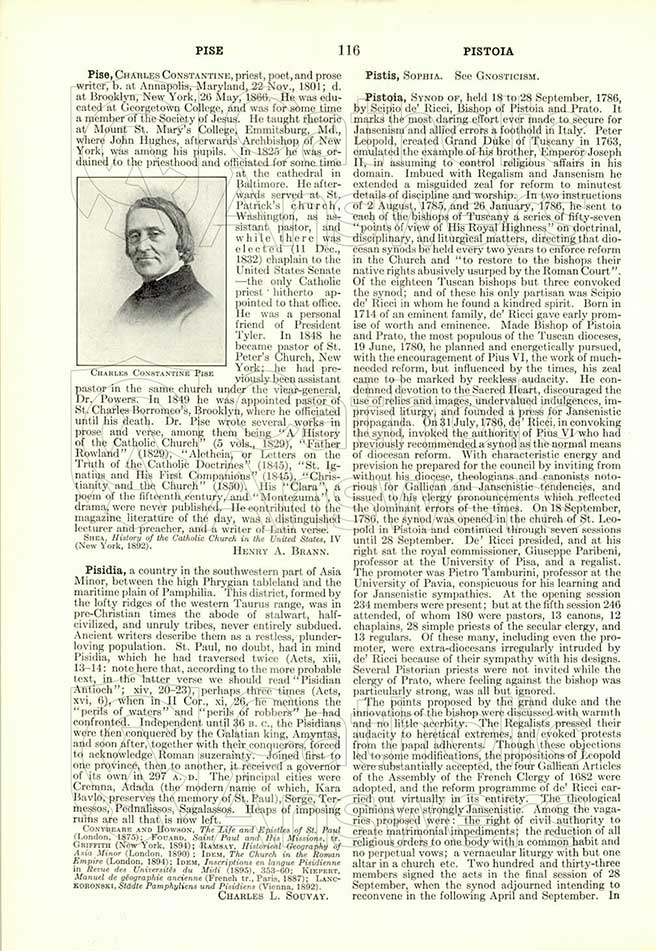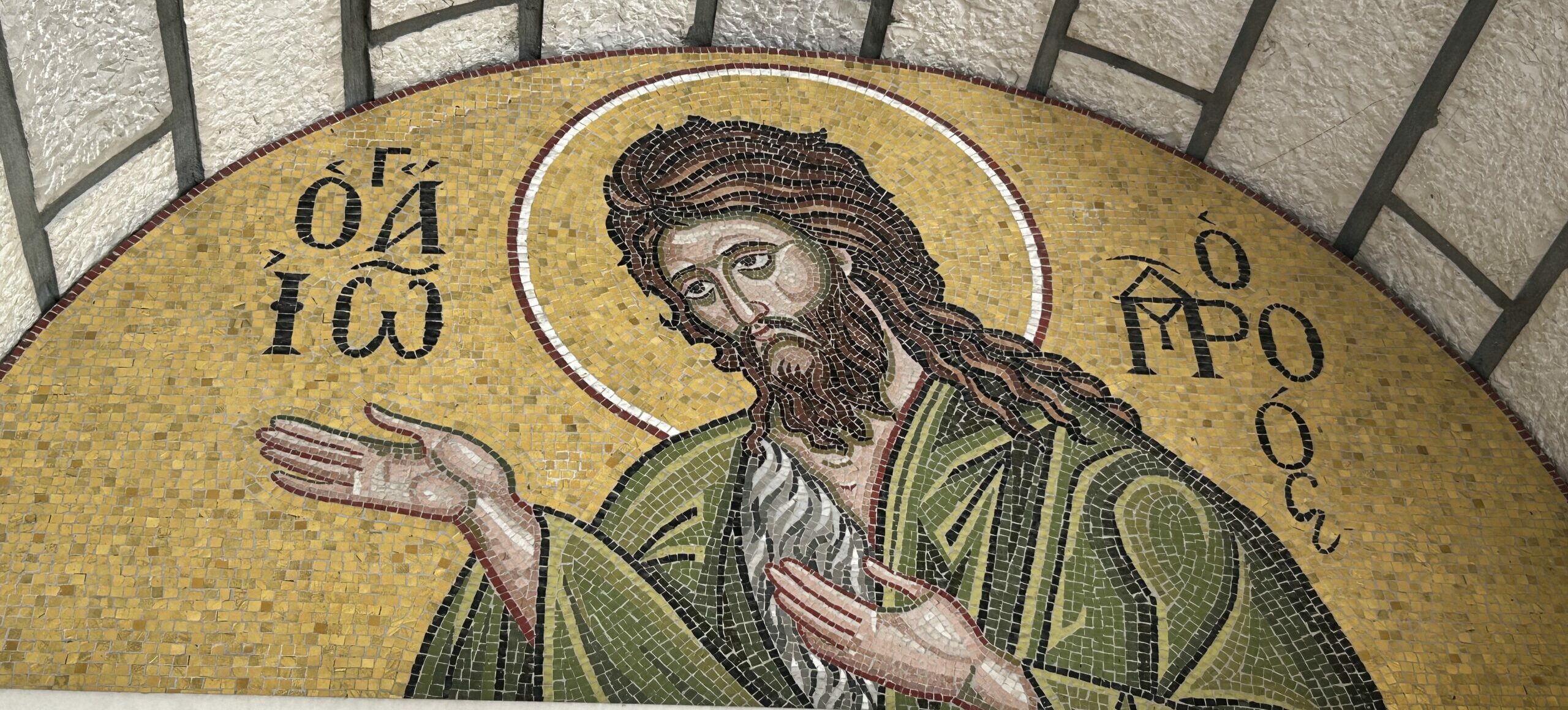Before looking at the Synod of Pistoia, let’s define Archaeologism (also called antiquarianism.) Unam Sanctam defines it:
Archaeologism is not so much a heresy as a fad, a certain approach to Catholic liturgy and practice. Its distinguishing characteristic is an excessive value placed on those Catholic practices which came earlier in historical-chronological succession. For the archaeologist, first is always best. A practice or prayer of the patristic Church is “better” or “purer” than a practice of the medieval Church. Consequently, the goal of any true liturgical renewal ought to be to return to the practice of the first Christians, inasmuch as possible. The modern Church ought to imitate the apostolic Church.
Pope Pius XII warned against this in his 1947 encyclical Mediator Dei:
This way of acting bids fair to revive the exaggerated and senseless antiquarianism to which the illegal Council of Pistoia gave rise. It likewise attempts to reinstate a series of errors which were responsible for the calling of that meeting as well as for those resulting from it, with grievous harm to souls, and which the Church, the ever watchful guardian of the “deposit of faith” committed to her charge by her divine Founder, had every right and reason to condemn. For perverse designs and ventures of this sort tend to paralyze and weaken that process of sanctification by which the sacred liturgy directs the sons of adoption to their Heavenly Father of their souls’ salvation.—Pope Pius XII, Mediator Dei #64, 20 Nov 1947.
While it is true that what became known as the Roman Canon was first prayed in Greek (and before that, presumably in Aramaic) Pope Pius XII’s fear was that heretics of his day would justify all kinds of Protestant ideas projected on the early Church and then insist this re-form the Church’s sacraments. (Notice his 1947 warning came right before the “Council Fathers” did exactly that in the 1960s.) As we will see in Part II later this week, the alleged “return to the sources” done by the modernists was extremely limited and selective. It wasn’t even good “archaeology.”
Pope Pius XII also referenced the “Synod of Pistoia.” The Synod of Pistoia is a condemned synod done by the Tuscan bishops in 1786. It was quickly rejected by the Vatican. The Synod of Pistoia promoted many heresies to the right (Jansenism) but it also promoted many heresies to the left. As demonstrated in the below picture from the old “Catholic Encyclopedia,” you can see that the 18th century “Synod of Pistoia” already sought “a vernacular liturgy” and an “improvised liturgy.” The “Synod Fathers” also sought to “undervalue indulgences” and rejected “relics and images,” seeking to “condemn devotion to the Sacred Heart.” It also proposed “no perpetual vows” for nuns.
Of course, the current modernists are finishing up that job on all these notions. We see this especially in documents like “Trad. Cust” promoting exclusively the vernacular liturgy and “Cor Orans,” reducing contemplative life. Does truth change? Of course not. And this is proven by the fact that not only did the Vatican of the 18th century condemn these things, but so did Pope Pius XII. None of these innovations have any basis in 2000 years of Church history, as we will see in Part II. Pope Pius XII just saw ahead of his time that they would use a fabricated-past to justify their erroneous innovations, just as the bad guys tried at the Synod of Pistoia before him.

